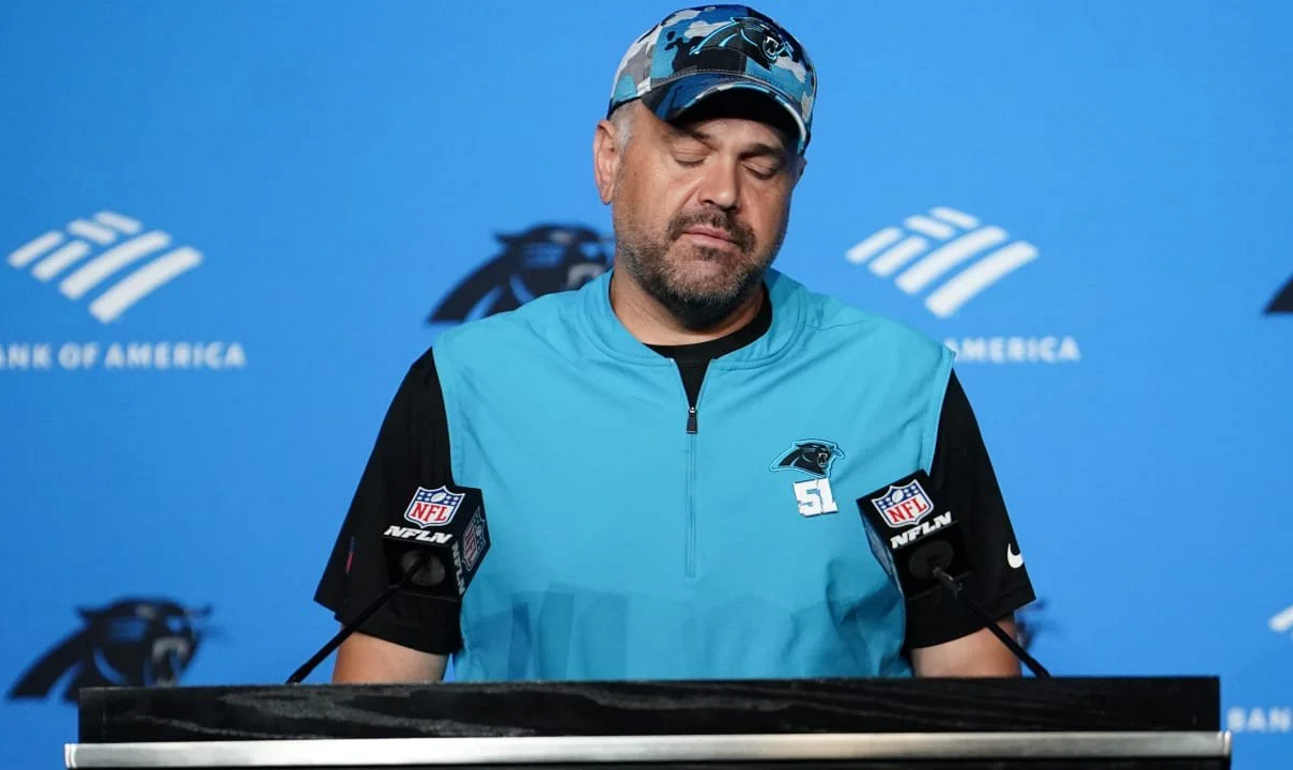College coaches can also struggle with the developmental process of players at the NFL level. If they have been blessed to coach at a college powerhouse with vast resources, they are used to guiding five-star players who are able to dominate opponents with raw size and speed instead of refined skills. The college game is all about recruiting and stockpiling the roster with elite talent, and then just overwhelming overmatched foes.
Now, the NFL obviously also relies on strong player acquisition, too, but the playing field is level for everyone, due to the draft, free agency, trades and a salary cap that makes it nearly impossible to completely flip a roster like a college head coach. There is no transfer portal to supply downtrodden teams with premier, instant-impact talent that can spearhead a quick turnaround.
Although some former college coaches have successfully utilized the NFL draft and waiver wire to build championship-caliber squads (SEE: Pete Carroll), the overwhelming majority of them fail to understand how to rebuild without bottoming out. That last part is crucial, because in a win-now league, patience is not a virtue — at least among the folks writing the checks. It requires some luck and magic to win while rebuilding, but some pro coaches have a better understanding of what it takes to turn around a program without having a roster full of YOUR guys. Last season, as a Jaguars team analyst, I watched Urban Meyer struggle mightily with that last concept.
As I touched on above, Meyer has an elite résumé as a college program builder. He overhauled the rosters at Utah, Florida and Ohio State to amazing success, including three national championships. But the aggressive rebuilding strategies he utilized at the college level just didn’t play in Jacksonville. Meyer was overwhelmed by the daunting task of building a champion without the inherent advantages that he had at his previous stops, and the toll of losing wore him out before Year 1 had even reached its midpoint.
College coaches also underestimate the importance of situational football and the weekly tactical adjustments that are needed to win in this league. Most NFL games are decided in the fourth quarter. Head coaches must deftly manage the game to help the team chalk up a win. Small decisions made throughout the game — including fourth-down gambles and two-point conversions, as well as complementary football plans and general clock management — determine who ends up in the winner’s circle.
To put it simply: In college, it is more about the Jimmies and Joes than the Xs and Os. If you walk into a college stadium with a team featuring more four- and five-stars than your opponents, you automatically have a great chance to exit with the W.
The same cannot be said for the NFL, given the immense parity that defines this league. It’s quite challenging to string together wins with so much competitive balance. The best coaches will search high and low for an advantage that will make a tiny difference on game day. Given the slim margin of error in the pro game, it’s crucial that the head coach hired by an NFL team has a clear understanding of how games are won and lost in this league.
Without significant NFL experience — and the accompanying wisdom gained — it’s a steep uphill battle to win in a league that features the best and brightest minds in the sport.
